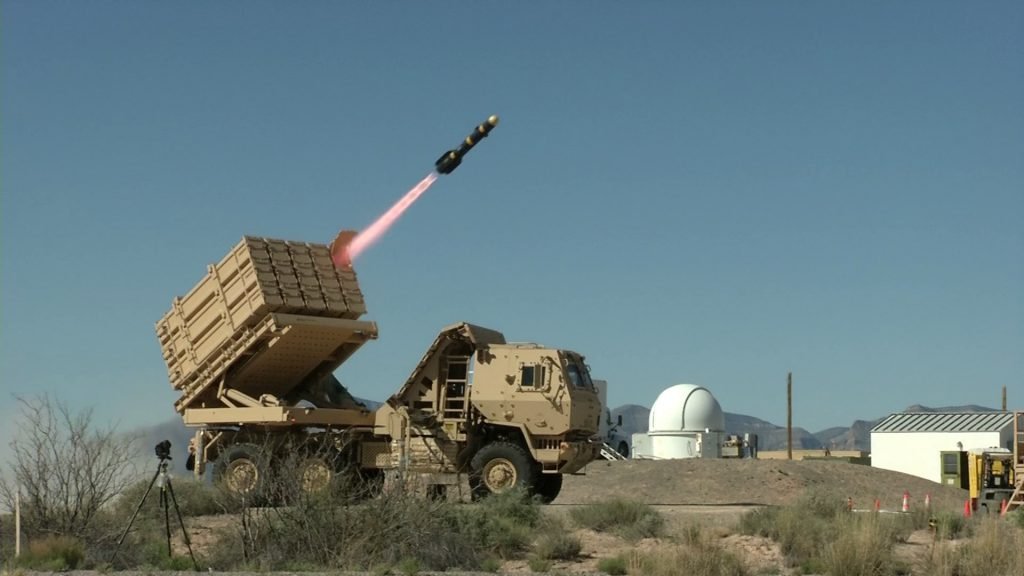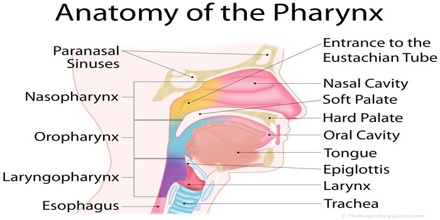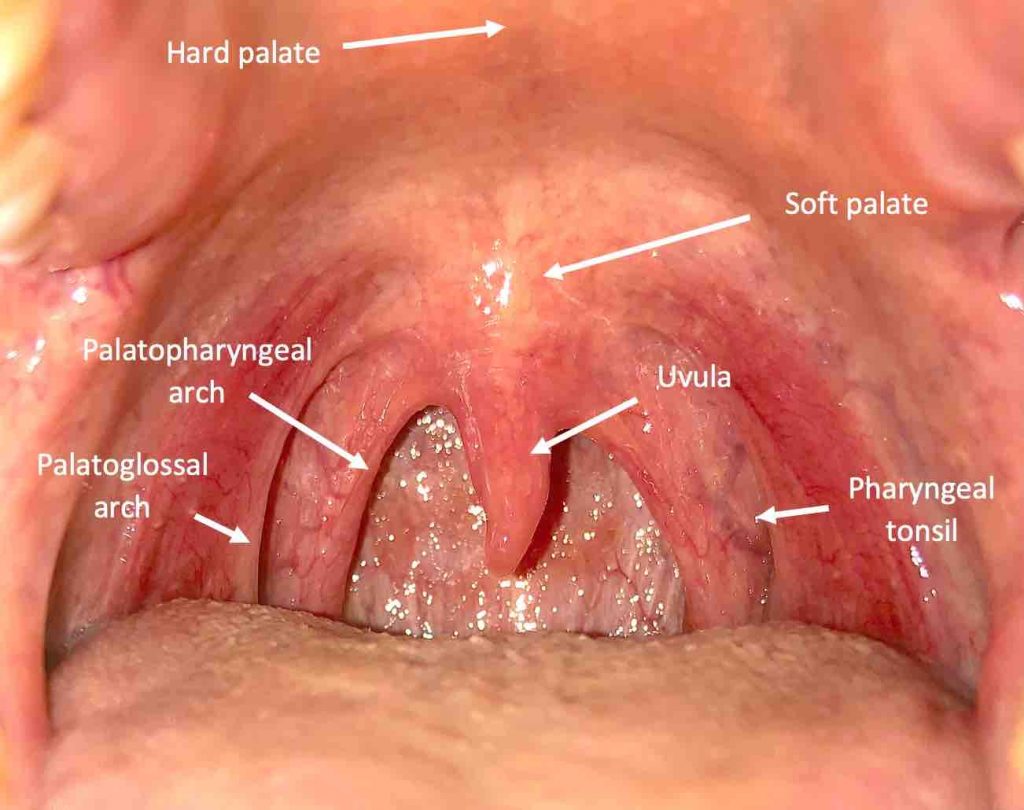The Most Vulnerable and Most Protected Real Estate In The Body: The Pharynx
Published (updated: ).

All the processes that involve moving air into the body are protected by the structures, reflexes, and unconscious situational awareness in the body. These actions are similar to the way Air Defense Artillery protects a sensitive area. A 360 degree radar is scanning the area, looking for targets. With the speed of approaching aircraft and the range of the missile, the system has a fraction of a second to identify the threat and launch the missile.
When a person is sleeping deeply, a part of the brain is still monitoring for threats to the airway. Coughing, gagging, and even waking up to deal with the fly that wants to land inside the person’s mouth are reflexes that even the unconscious can possess.
In addition to protecting the pulmonary circuit from insects and other invaders, air movement tends to have a drying effect on the pulmonary circuit. The parts must be continuously lubricated. This is accomplished with mucous. Mucous is secreted through exocrine gland (mucous membranes). Throughout the entire system are small vibrating hairlike structures called cilia. These cilia collect small objects that float into the airway that can fly under the radar of the airway’s defense system. Dust and other particles can be collected by these cilia and removed through various means.
Air passes through the structures of the airway by virtue of the negative pressure (the lungs suck air out of the environment due to the fact that they are pulled outward by the intercostal muscles and diaphragm). The air passes through highly defended airspace.

Anatomy of the pharynx (throat)
The pharynx is a hollow tube that starts behind the nose, goes down the neck, and ends at the top of the trachea and esophagus. The three parts of the pharynx are the nasopharynx, oropharynx, and hypopharynx (laryngopharynx).
Air travels through the nares (nose) through the nasal cavities. There are two nasal air passages divided by the nasal septum. The lining of the each nasal passage is covered with nasal mucosa. The olfactory receptors also located in the nasal passage connect directly to the brain through Cranial Nerve I. The paranasal sinuses are air-filled extensions of the nasal cavity. There are four paired sinuses – named according to the bone in which they are located – maxillary, frontal, sphenoid and ethmoid. Each sinus is lined by cilia and mucous membranes.

The oropharynx lies behind the oral cavity, extending from the uvula to the level of the hyoid bone and consists of the base of the tongue, the epiglottis, tonsils, soft palate and the uvula. Because both food and air pass through the pharynx, a flap of connective tissue called the epiglottis closes over the glottis when food is swallowed to prevent aspiration.

In order to speak, air must travel through the larynx (voice box). The vocal cords are small muscles that contract and vibrate as air passes through them. As one can see, the airway is a high security area, the larynx sits behind a shield of bone called the thyroid cartilage. The area between the vocal cords is referred to as the glottic opening. Behind the vocal cords lies the esophagus. The esophagus is a muscular tube that pulls food into the stomach.
The high security area must protect from invaders of all kinds and allow air and food to enter the body.
